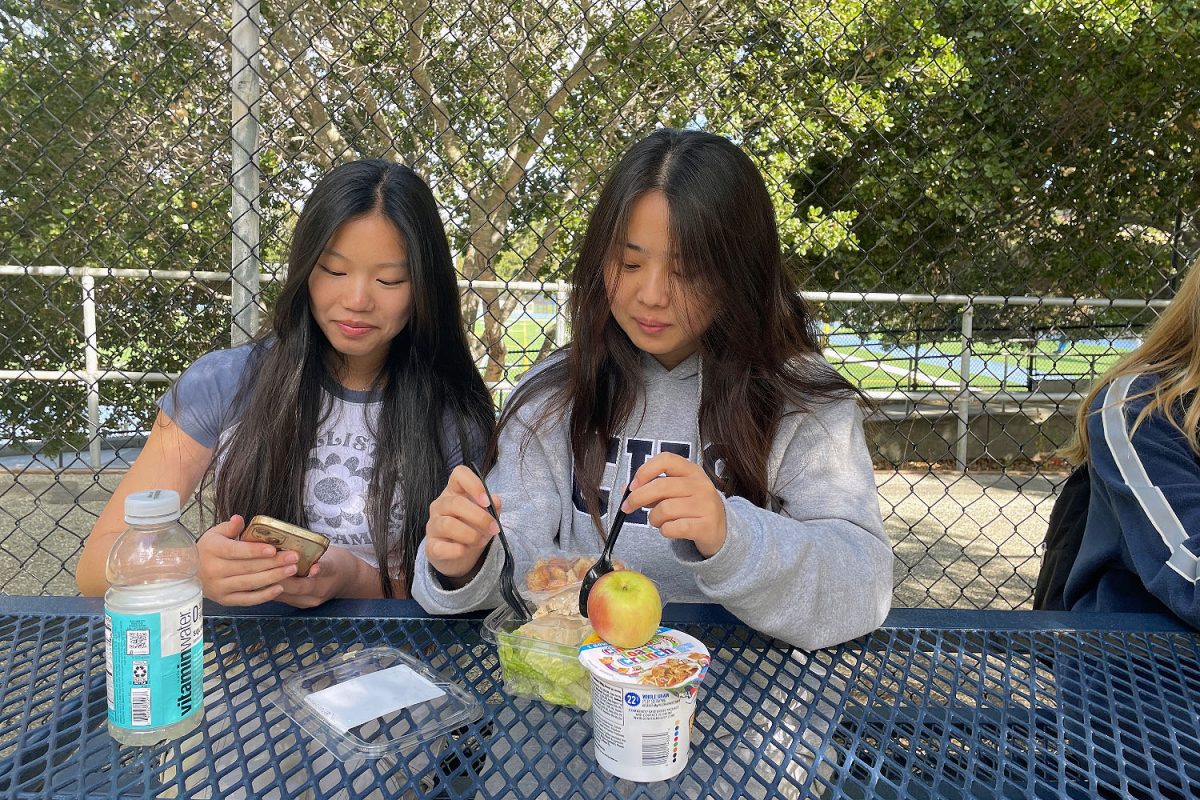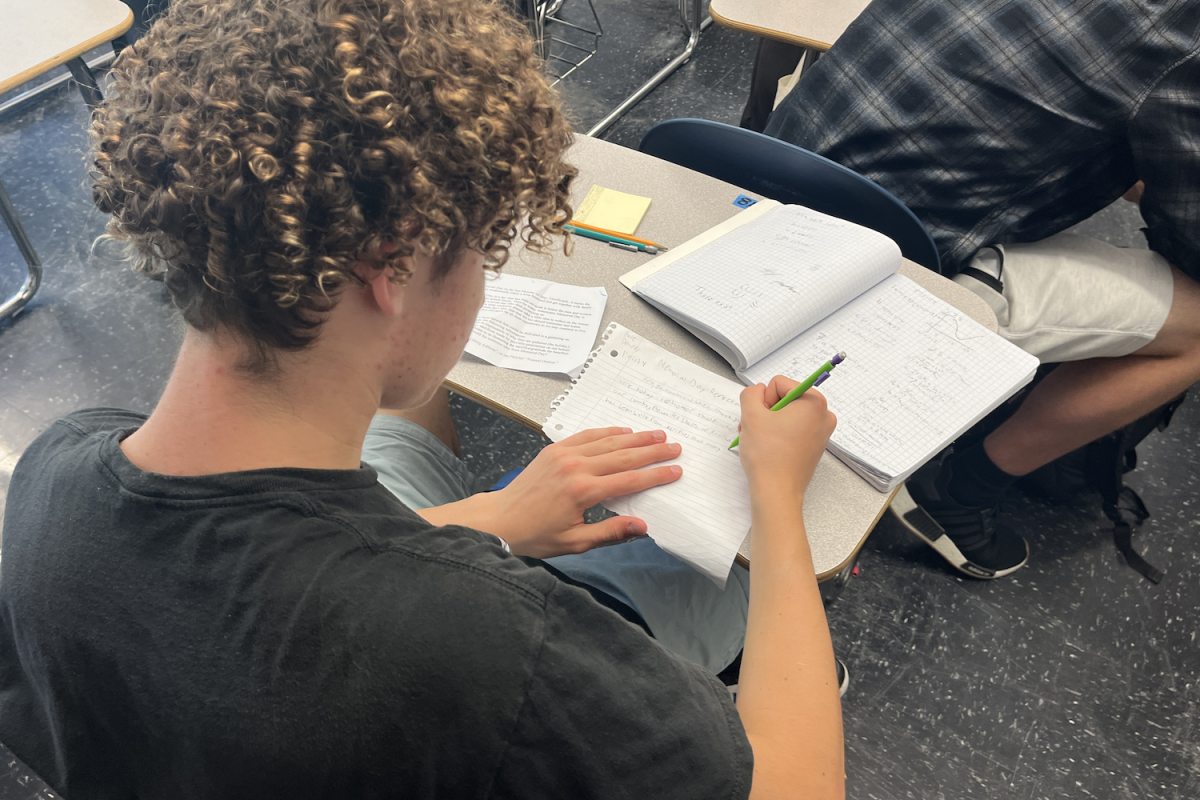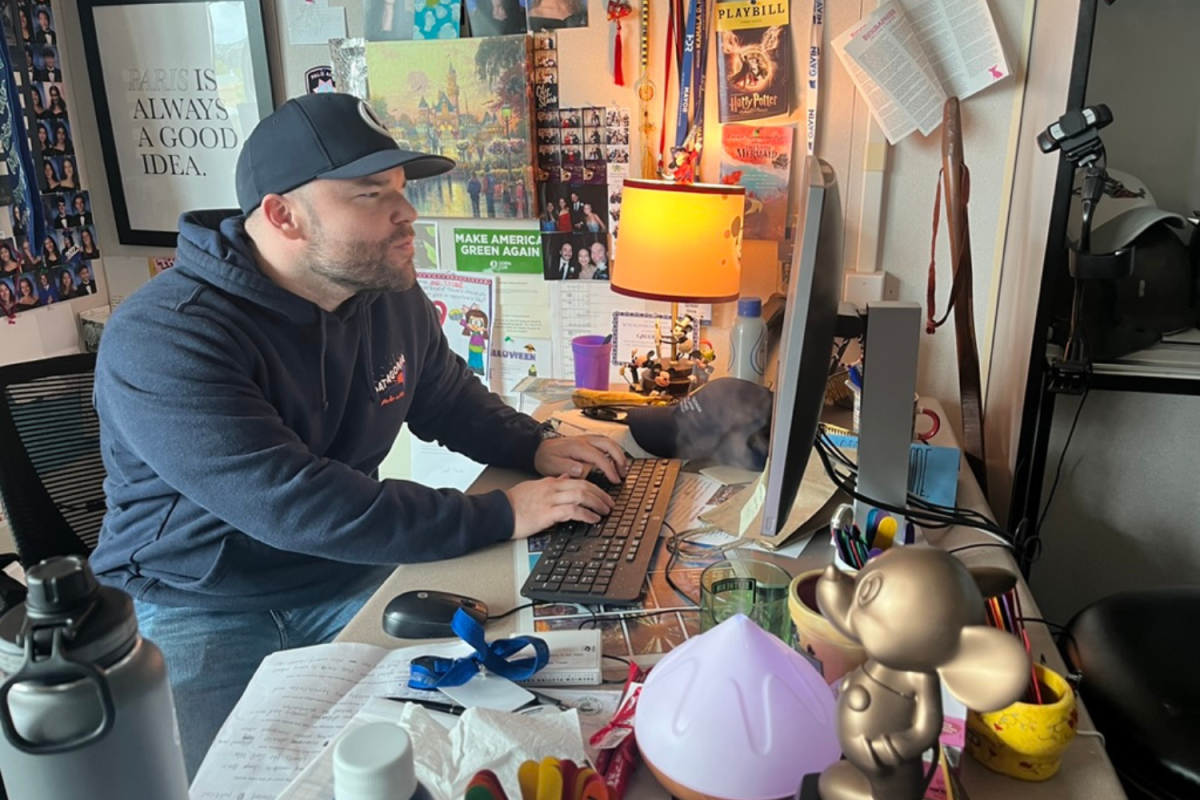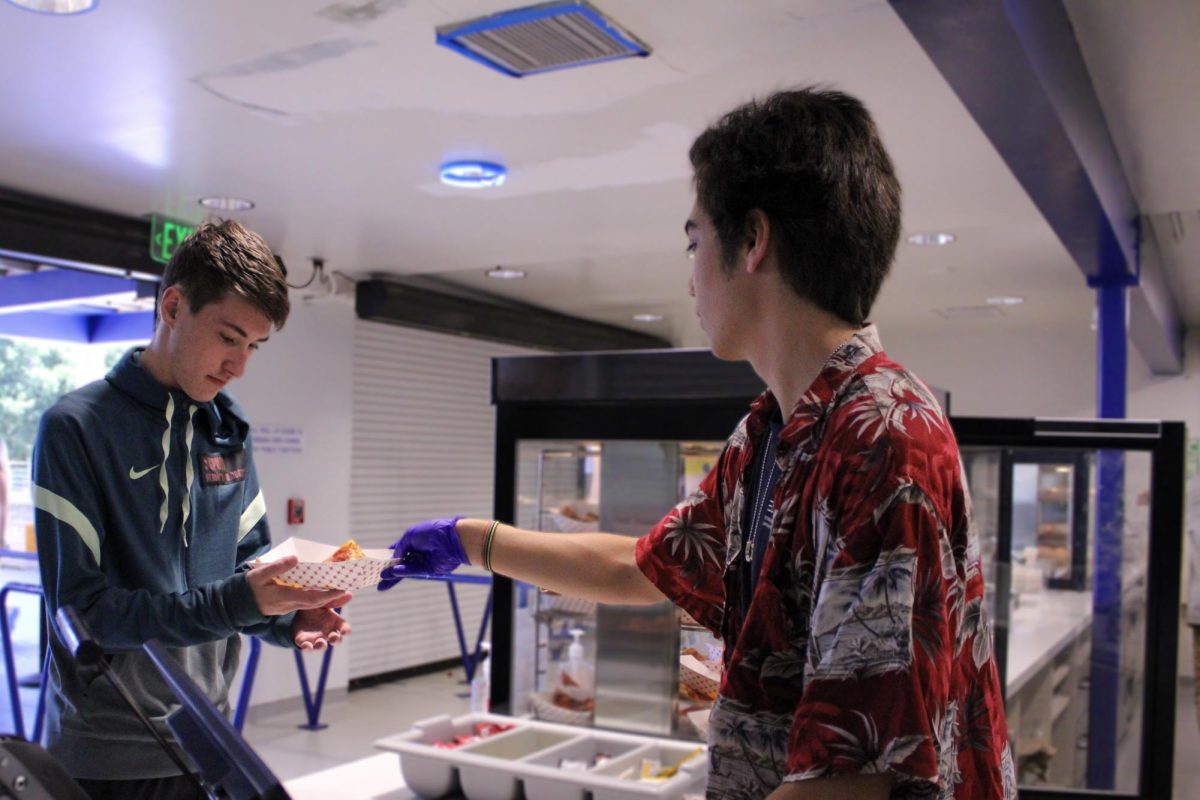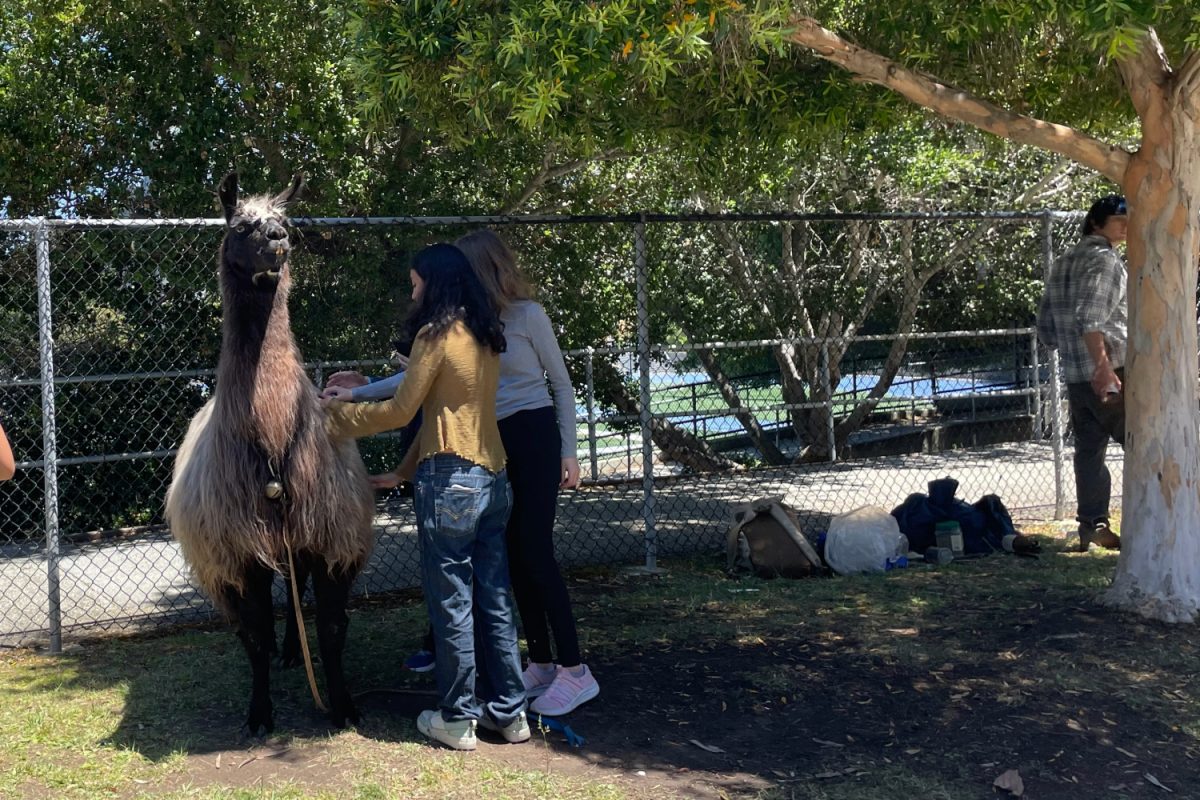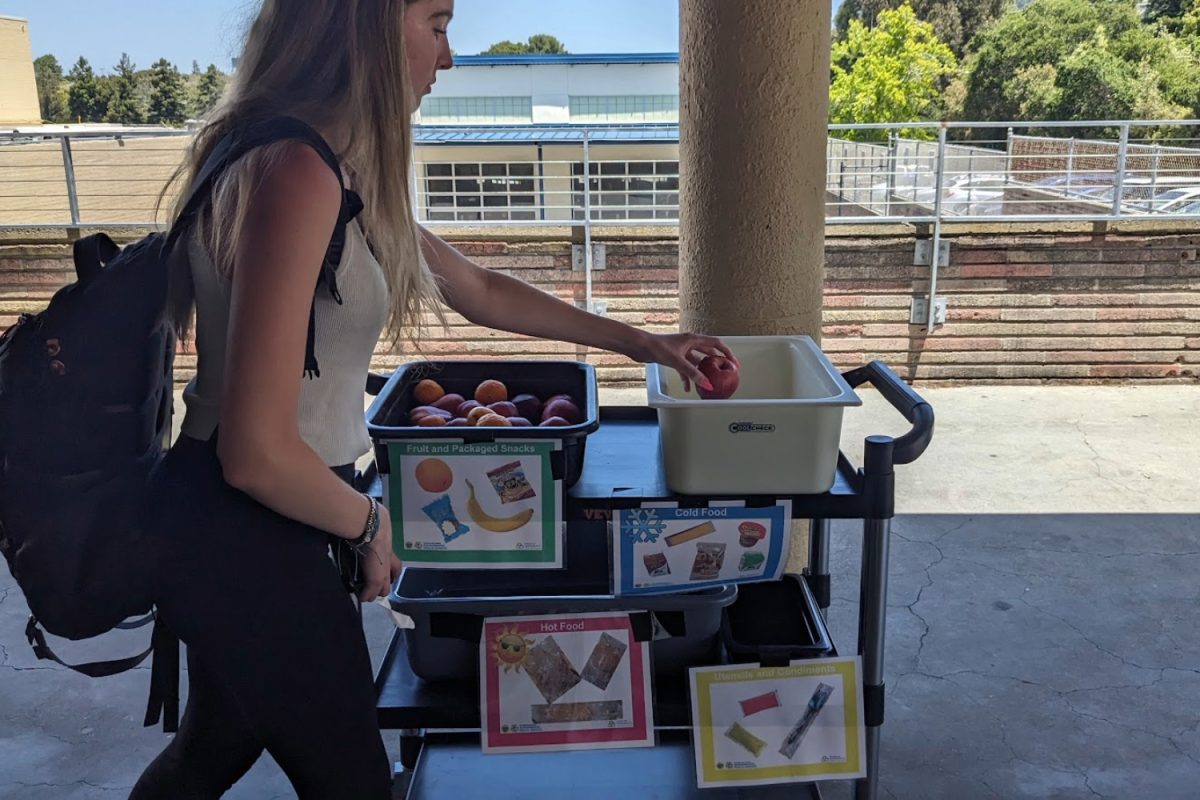The school lunch program struggles to completely accommodate students’ dietary needs.
Starting in 2022, California was the first state to establish a Universal Meals Program (UMP) for all school children. A UMP is a state mandate where public schools must offer a free meal to students. According to the California Department of Education, California’s UMP states that the schools must offer “both a nutritiously adequate breakfast and lunch for all children each school day.”
The Sequoia Union High School District serves breakfast and lunch to all students free of charge.
For most students, the food can be an “okay” backup whenever they need it. However, Carlmont freshman Anoushka Swaminathan finds that their diet restricts them from eating some cafeteria meals.
“I’ve been vegetarian since I was 5, and I have a severe peanut allergy,” Swaminathan said.
Swaminathan says that they try to get the provided food on most days.
“Getting food, aside from how long the lines are, is more convenient for me because my backpack is already so heavy. I don’t want to carry food the whole day,” Swaminathan said.
According to Swaminathan, cafeteria lunch also saves time for them, especially in the mornings.
I’d spend 10 to 15 minutes in that line, and get to the end to see that the singular vegetarian option was out. — Anoushka Swaminathan
“I’m usually on a time crunch, and it takes a while to cook food because I don’t have ready-made meals in my house,” Swaminathan said.
However, Swaminathan also says they are unaware of what food options are being served each day. Sometimes, they go through the lunch line to find out all of the vegetarian options are taken.
“I’d spend 10 to 15 minutes in that line, and get to the end to see that the singular vegetarian option was out,” Swaminathan said.
When that happens, they instead resort to paid options: an ice cream sandwich or an IZZE at the student store. To Swaminathan, this is not a real meal and they only buy it to keep them full until school is over.
Despite sometimes being unable to eat the cafeteria lunch, they like that the food workers generally have removed the most common allergens, such as peanuts,” Swaminathan said. “As someone who’s vegetarian and has a serious peanut allergy, I am constantly double-checking what I eat, so I’m glad that the one food that could genuinely kill me is handled.”
According to Gail Horn, the Food Services Lead at Carlmont, the workers don’t make many meals containing peanuts. The menu usually includes six options, with a few vegetarian options.
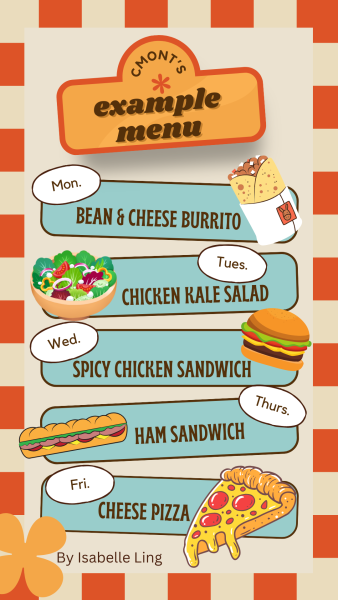
“We serve vegetarian options every day, either a sandwich or a salad,” Horn said.
Horn says the same salad and sandwich option runs throughout the week. She follows a menu that repeats every six weeks.
“The menu is made by the district. We go by what the menu is, and then we prepare the menu for the day,” Horn said.
According to Horn, the amount of students getting school lunches has increased. Approximately 770 students receive school lunch from Monday through Thursday, but on Fridays, when pizza is served, the number increases to about 970 students.
Some students have dietary restrictions that the workers look out for.
“If you need (extra accommodations), like gluten-free options, you’d need a doctor’s note, and then it’ll come up on the system,” Horn said.
For example, a student who is gluten intolerant would get the form signed by their doctor and give that form to the food workers. The food workers would take the note and put the warning into their digital system. As a result, food workers would be aware of this dietary need and also be able to accommodate it.
Even though the lunch program saves time and is convenient for students, it needs improvement due to low food quantities for meals with dietary needs and long lines. There are still many goals that need to be met, whether it be the district changing the structure of the meal program or increasing the nutritional diversity in meals.
While Horn and her team try to accommodate dietary needs and serve higher-quality meals, they still have to follow district guidelines.
“I mean, there’s only so much we can do. We have standards we have to meet. That’s just what it is,” Horn said.

